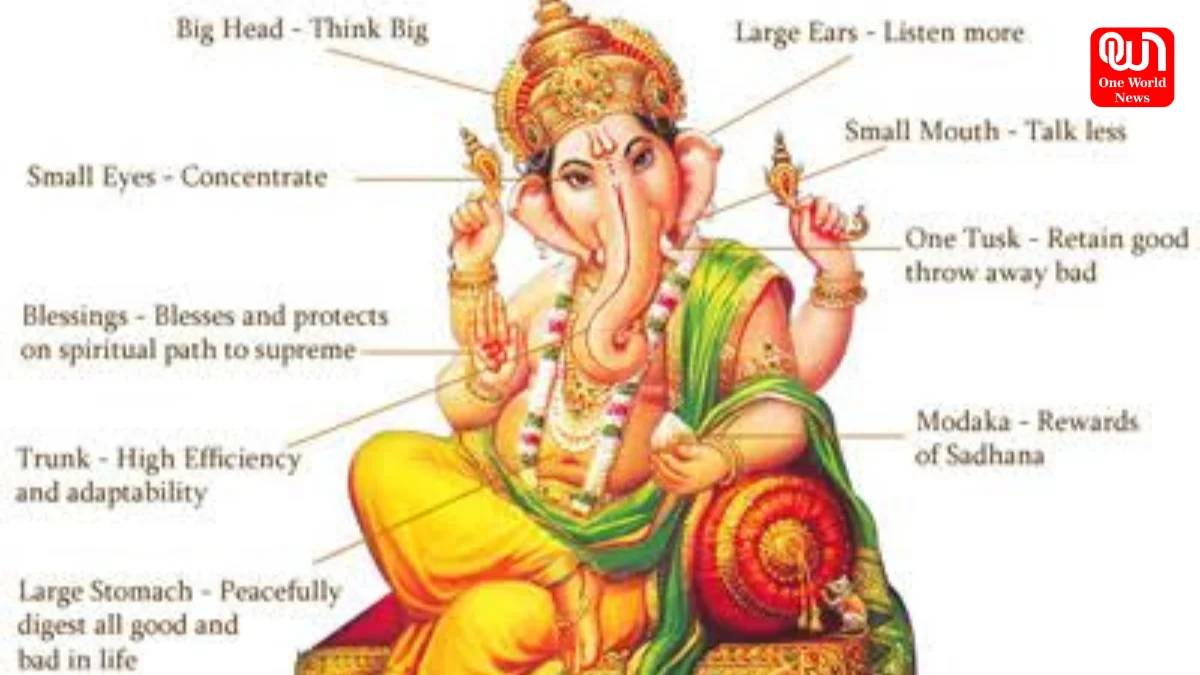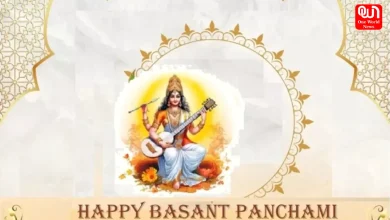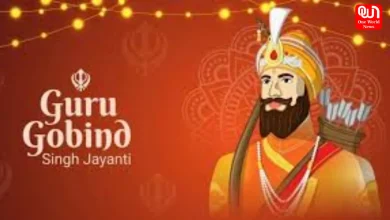The Spiritual and Cultural Significance of Ganesh Chaturthi in India
The Significance of Ganesh Chaturthi in Indian Culture
Celebrating Ganesh Chaturthi: A Sacred Tradition in Indian Cultural Heritage
Ganesh Chaturthi, also known as Vinayaka Chaturthi, is one of the most celebrated festivals in India, honoring Lord Ganesha, the beloved elephant-headed deity of wisdom, prosperity, and good fortune. Observed across the country, especially in Maharashtra, Karnataka, Andhra Pradesh, and Goa, this festival holds immense cultural, spiritual, and social significance. Traditionally celebrated in the Hindu month of Bhadrapada (August–September), Ganesh Chaturthi marks the birth anniversary of Lord Ganesha. The event spans 10 days, beginning with the installation of beautifully crafted Ganesha idols in homes and public pandals, and concluding with the grand visarjan (immersion) ceremony.
Religious Significance
Lord Ganesha is revered as the remover of obstacles and the harbinger of wisdom, making him the first deity worshipped before any auspicious event. The rituals during Ganesh Chaturthi include chanting of Vedic hymns, offering of modaks (Ganesha’s favorite sweet), and performing aarti with deep devotion. Each day of the festival is marked by prayers and cultural performances, keeping alive age-old traditions. The spiritual essence of the celebration lies in seeking Ganesha’s blessings for inner strength, peace, and success.
Cultural and Social Importance
Ganesh Chaturthi is more than a religious occasion—it is a vibrant cultural celebration that brings communities together. In public celebrations, large pandals showcase creative themes through their decorations and idol designs. Cultural programs like music, dance, and theatre are organized, fostering community participation and unity. The festival also acts as a platform for social causes, with organizers spreading awareness about environmental conservation, health, and education.
Historically, the festival gained nationwide prominence in the late 19th century, thanks to freedom fighter Bal Gangadhar Tilak, who popularized public Ganesh celebrations to unite people against British colonial rule. Since then, Ganesh Chaturthi has remained a symbol of collective spirit, patriotism, and cultural pride.
Economic and Artistic Contributions
The festival fuels local economies by creating seasonal demand for idols, decorations, sweets, flowers, and garments. It also provides a stage for artisans to showcase their skills through intricately designed idols made of clay, plaster of Paris, or eco-friendly materials. Over the years, the eco-conscious movement has inspired many to opt for biodegradable idols to protect water bodies during immersion.
read more: Onam – The Grand Harvest Festival of Kerala
The significance of Ganesh Chaturthi in Indian culture lies in its unique blend of devotion, art, community bonding, and social awareness. It is a time when streets come alive with colors, music, and prayers, creating an atmosphere of joy and togetherness. Beyond the grandeur, the festival serves as a reminder of Lord Ganesha’s values—wisdom, humility, and compassion—guiding people toward a harmonious and prosperous life.
We’re now on WhatsApp. Click to join.
Like this post?
Register at One World News to never miss out on videos, celeb interviews, and best reads.








